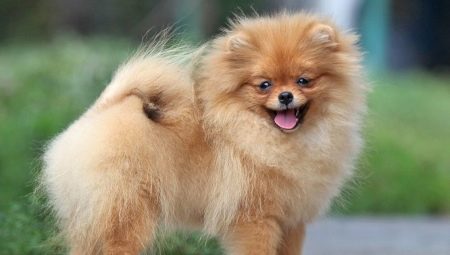Spitz in its appearance is very similar to a toy. Looking at him from the side, some, for some reason, doubt that this throaty, restless miracle can be accustomed to order. But if you take up education and training on time, in time you can be proud of how obedient and quick-witted dog is in the house. When training you need to adhere to the characteristics of the breed and the nature of a particular pet.

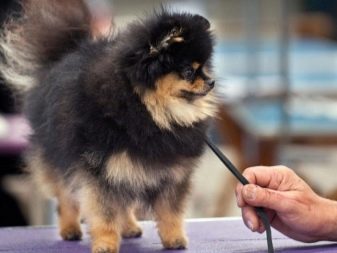
Breed features
Spitz are very charming. Unconditional sympathy for a small dog sometimes leads to the fact that she grows up naughty and wayward. This is the same as with small beautiful children who, having matured, become uncontrollable due to the fact that at one time everything was forgiven to them and there were no bans for them. To make such a dog a worthy member of the "two-legged flock", one should take into account the positive and negative sides of the character. The advantages of the breed include:
- cheerful cheerful disposition;
- friendliness;
- living mind;
- fidelity;
- cleanliness;
- patience towards children;
- desire to please the owner.
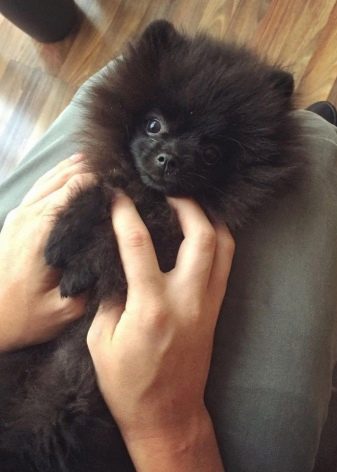
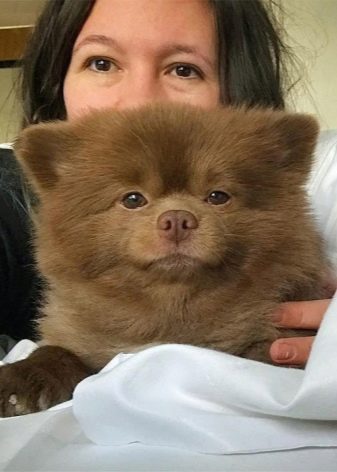
Among the disadvantages are the following:
- Spitz by nature tend to dominate, these manipulators quickly "sit on the neck";
- teasing by nature, even the size of the opponent does not stop them, which threatens the Spitz himself with herbs;
- barking loudly, shrillly, including staying alone in the house, which annoys others, including neighbors;
- require increased attention to themselves, which makes them too persistent and forces hooligans;
- show willfulness, not paying attention to the owner’s commands;
- they are suspicious of strangers, may throw themselves at a guest or bark him;
- do not tolerate drunk, which leads to trouble.


At what age can I train?
When a Spitz boy or girl appears in the house, he immediately needs to be made clear who the boss is. It is necessary to take into account the sex of the animal. It should be borne in mind that Spitz girls, contrary to popular belief about their gentleness, are often very independent and stubborn. The Spitz boy is more affectionate and loyal, not as capricious as the girl, but it requires increased attention compared to her.
"Boys" converge faster with other dogs and cats and are more responsive to praise in the learning process.
At the same time, during training, they are more quickly distracted, remaining puppies in their souls until old age.
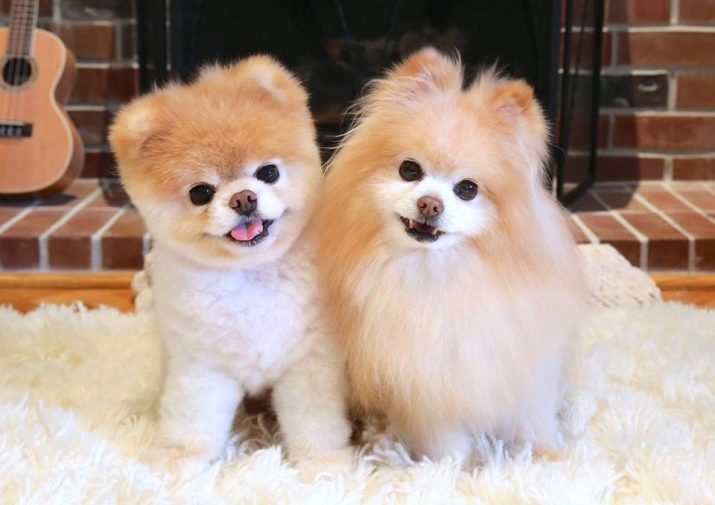
In contrast to them, as they grow older, girls acquire nobility and restraint in behavior, ceasing to resemble reckless, funny boobies of the opposite sex. Despite the pet's cute appearance, the owner will have to immediately say goodbye to the thought that you can look through your fingers at the puppy's pranks. By training a spitz you can achieve the following:
- the pet will learn to behave in a human society and among its own kind, which will ensure the well-being of both himself and the owner;
- the owner will not have to blush for the manner of a shaggy friend;
- emotional ties between the owner and the dog will be strong;
- in the process of learning, the pet will develop intelligence;
- it will not have to be locked in a separate room with the arrival of guests;
- Spitz will be tied to his home.

It is necessary to start training no later than 2 months, and familiarity with the first teams - and at 1.5. Thanks to this, the dog will behave correctly at home. From 3 months, you can take measures so that the dog learns to "decent behavior" in the big world. Seriously work out the team from 4 months. The principle of this work should be consistency and perseverance. Concessions are not allowed. The leader must be the leader, otherwise the pet will quickly realize that it is he who is the main domestic deity who can afford any behavior.
Two-month-old puppy needs to buy:
- leash;
- collar and token to it (where the owner’s contacts are indicated);
- Toys
- goodies to encourage.
Without all these things, training is very difficult or simply impossible. The presence of a token will help out if during the training the dog runs away and gets lost.



Main teams
In order for your favorite puppy to quickly learn how to interact with a person, he needs to be trained in a number of basic commands, allowing you to behave correctly in specific situations.
- Team "Place!". She needs to start teaching the baby as soon as he has his own corner in the house. At first, pronouncing this word, the puppy needs to be transferred to its litter.
- Team "To me!". This is almost the main order for the dog, providing quick interaction. On a pet you need to put on a leash and say a command, showing him a tasty treat. If the pet does not understand what they want from him, for a start he will have to be pulled by a leash. Then he must learn to respond to the command, followed by a clap of a man on his hip.
- Team "Fu!". This short word is pronounced rudely and abruptly, so that the little shaggy friend is imbued with the leader's discontent. The puppy should have a harness, yanking for which you can prevent the baby from dragging any muck from the ground in the mouth or dabbling.
- Team "Sit!". The action-learning exercise takes place on a short leash. The kid needs to bring a treat to his nose, raise his hand higher and say a command. When the puppy sits down, treat him to the promised treat.
- The command "Lie down". The dog should learn this instruction after he learns to sit down on the orders of the owner. From a sitting position, it is easier for him to demonstrate what is required of him. The dog needs to put pressure on the withers and without sharpness pull the leash down so that the dog adopts a prone position.
- Give Command. It is convenient to practice it during the game.Need to take your favorite pet toy. And when he grabs his teeth, you should pronounce the corresponding word. When the Spitz gives the thing back, approve it with a piece of goodies.
- Team "Walk!". The word uttered before leaving the house is usually easily perceived by the baby, and he gladly obeys the order.
- Team "Voice!". She is needed to teach the Spitz to bark only in the case. “Prize” is given to smell, and then they raise their hand, saying the right word. When the dog yaps, they give the promised.
- Team “Near!”. Encourages a shaggy friend to go on a leash near the owner’s foot. So that the dog does not run forward and does not trail behind, it must be held in place with a leash. In this case, the dog should not feel discomfort.
If the baby is behaving correctly, he should be encouraged first every few steps, and then after a few meters, letting him know that he behaves like an exemplary dog.
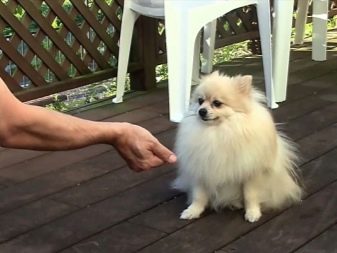
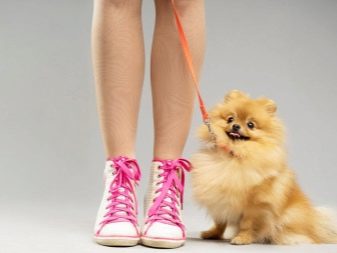
Learning stages
Teams "Place!" and "Fu!" doggie is best taught in the range from 1.5 to 2 months. Up to 3 months, the Spitz must master the commands “Come to me!”, “Sit!”, “Walk!”, And up to 6 - “Next!”, “Give!”.
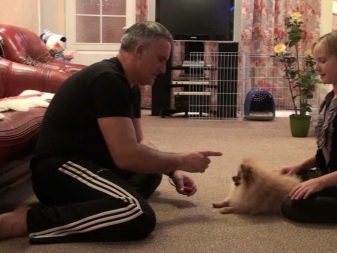

General parenting guidelines
Raising a baby Spitz requires comprehensive measures.
In order for a dog to get used to a big world from an early age and feel like a fish in water in it, it’s not enough to accustom it to order at home.
A small dog should be systematically taken with him, going on business to the city, to the country, and so on. A small bag is suitable for transportation. Small Spitz are well arranged in it, without experiencing any inconvenience. Feeling protected by the leader, the baby will not whine and bark. If he often finds himself among strangers, he will quickly cease to strain at the sight of a multitude of strangers and street bustle.


Also, the little Spitz must learn to communicate with other dogs. Previously, the pet needs to do all vaccinations according to age, and then go to where other dog lovers walk their four-legged friends.
It is necessary to teach the baby not to bark at larger relatives. It’s good if the dog manages to make friends with other puppies. Walks should be sufficient so that the Spitz can run up and throw out his irrepressible energy. Then in the house he can behave calmly. In addition, this will save the apartment from the mess that a dog is able to do if it does not find another application of its forces.

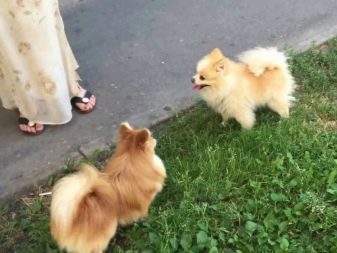
The order also depends on how lucidly the pet is explained what is possible and what is not. In order to avoid incidents, the dog must be given the opportunity to scratch his teeth on special toys, and not on the owner's shoes. To bring up a small pet is the same as to teach the rules of behavior of an unconscious child. You need to be prepared for the possibility that minor household troubles are possible, but if you show patience, everything will work out.

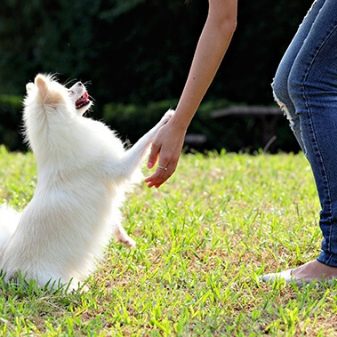
Common mistakes
If the dog behaves completely uncultured, a person feeling helpless can hit the pet. Physically punishing the animal is unacceptable and pointless - the dog will become aggressive and lethargic.
Disapproval can be expressed by commands and corresponding intonations in the voice, indicating that a friend has been guilty.
If the Spitz starts barking at passers-by, the owner reasonably switches his attention to the toy. The mistake in this case is to immediately start playing or give a treat. The dog will decide that loud barking is worth encouraging. The pet will come to the same conclusions if, with inappropriate behavior, it is picked up. For a dog, this means: you are doing the right thing, my friend, do this and continue.
It will be a mistake to require the puppy to execute commands that are beyond his age, both in terms of physical development and in terms of existing skills. You should not bore him with repeated repetition of the same actions, trying to “drive into the head” a certain technique.
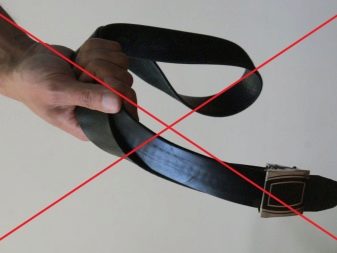
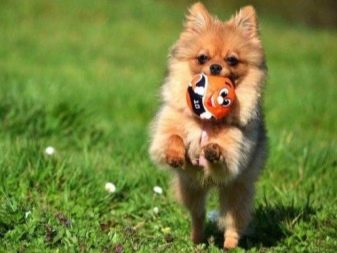
You will learn about the features of raising a Spitz from the video below.
